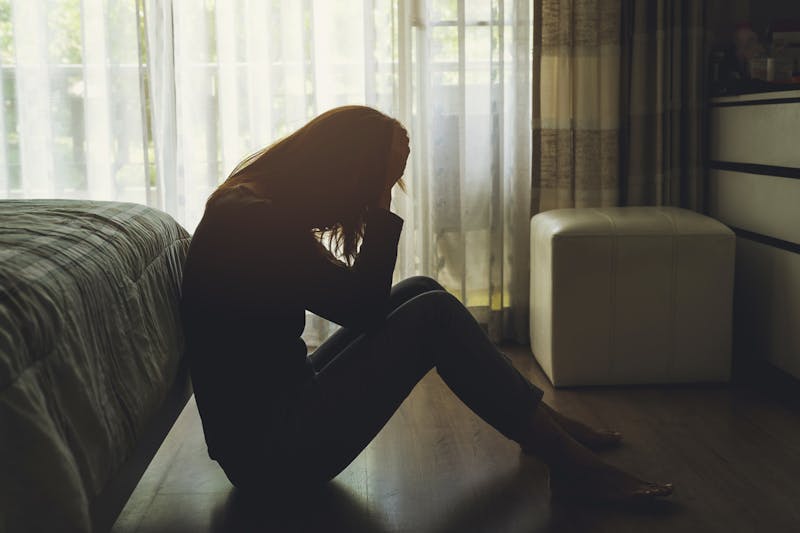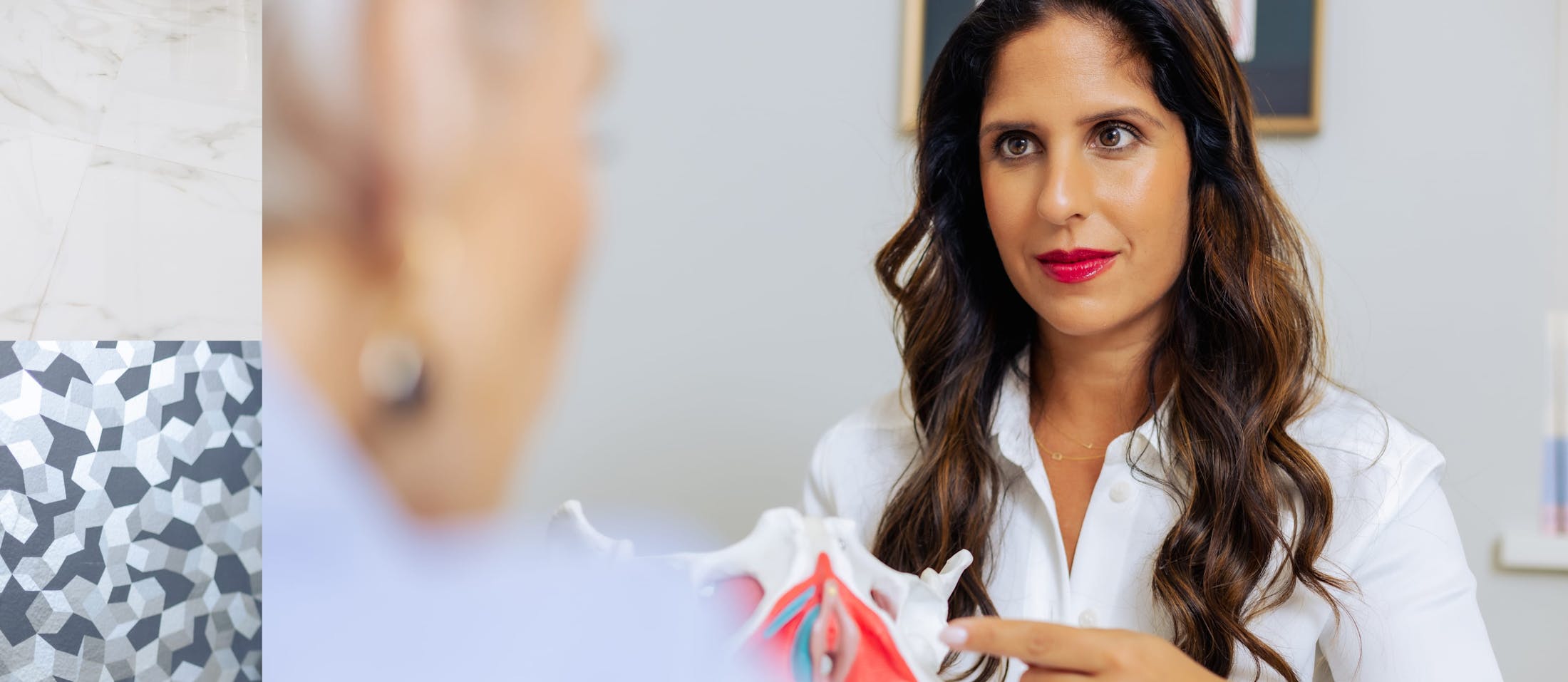
Vaginismus can severely impact a woman’s physical intimacy and overall quality of life. While physical factors are frequently considered, understanding the psychological underpinnings is equally critical for effective treatment.
Dr. Sonia Bahlani, a leading specialist in pelvic pain and founder of Pelvic Pain Doc in NYC, emphasizes a compassionate, holistic approach to uncovering and addressing these deep-rooted psychological triggers. Her extensive training—including a residency at New York Presbyterian/Weill Cornell Medical Center and a fellowship in urology under renowned pelvic pain expert Dr. Robert Moldwin—establishes her authority and expertise in diagnosing and treating the complex psychological dimensions of vaginismus.
What Is Vaginismus?
Vaginismus is a medical condition characterized by involuntary contractions or spasms of the pelvic floor muscles, making vaginal penetration difficult or impossible. Women experiencing vaginismus often find it challenging to engage in sexual intercourse, insert tampons, or undergo routine gynecological exams.
Signs of vaginismus include the following:
- Pain or discomfort during penetration-based intercourse
- Inability to insert a tampon comfortably
- Anxiety or fear surrounding penetration or intimacy
- Loss of sexual desire due to anticipated pain
There are two types of vaginismus:
- Primary vaginismus occurs when a woman has never successfully experienced vaginal penetration, typically becoming evident during puberty or initial sexual activity
- Secondary vaginismus develops later in life, often following events such as childbirth, surgery, hormonal shifts, trauma, or other significant physical or emotional changes
Psychological Causes of Vaginismus
Anxiety and Fear
- Anxiety is one of the most prevalent psychological factors contributing to vaginismus (Reissing et al., 2004)
- Women may experience intense fear surrounding sexual activity, penetration, or intimacy itself, triggering involuntary tightening of pelvic muscles, reinforcing a cycle of pain and apprehension
Trauma and Past Experiences
- Traumatic experiences, including sexual assault, rape, abuse, or negative past sexual experiences, can significantly impact emotional health and physical responses
- This can cause the development of vaginismus as a subconscious protective mechanism (van Lankveld et al., 2006)
Relationship Issues
- Emotional conflicts, trust issues, or unresolved dynamics within intimate relationships can manifest physically through conditions like vaginismus
- When intimacy becomes psychologically challenging, the body may respond defensively, leading to involuntary painful contractions (Binik, 2010)
Body Image and Self-Esteem
- Poor body image or self-esteem issues can trigger involuntary pelvic muscle tension during intimacy, exacerbating vaginismus symptoms
- Addressing self-esteem and promoting body positivity through counseling can substantially improve these responses (Pacik, 2011)
Cultural and Religious Influences
- Strict or harmful cultural and religious teachings surrounding sexuality may lead to feelings of guilt, shame, or anxiety, manifesting physically as vaginismus (Silverstein, 1989)
- Therapeutic interventions can help patients reframe these deeply ingrained beliefs and attitudes
The Pelvic Pain Doc Understands and is Here to Help
Dr. Sonia Bahlani's distinguished medical background, specialized fellowship training, and compassionate, patient-centered approach position her uniquely to identify and treat both the physical and psychological causes of vaginismus. At Pelvic Pain Doc in NYC, Dr. Bahlani employs a holistic, integrative treatment method—collaborating with experienced physical therapists and mental health counselors—to tailor personalized care plans that offer real relief and long-term results.
With Dr. Bahlani’s expertise, many women have successfully navigated the psychological aspects of vaginismus, reclaiming their intimacy and enhancing their quality of life. If you are experiencing symptoms of vaginismus, reaching out to a trusted specialist like Dr. Bahlani can be your first step toward healing and regaining control over your wellness journey.

